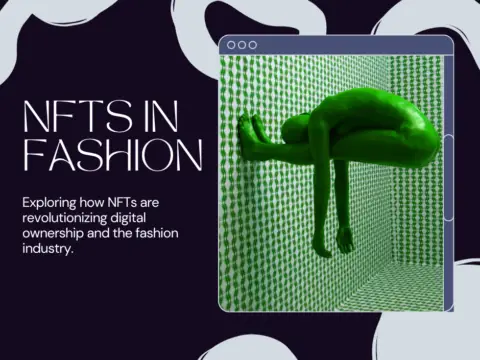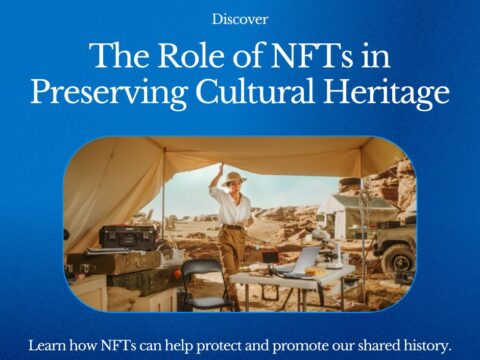The advent of Non-Fungible Tokens (NFTs) has brought about a paradigm shift in the way content creators manage and monetize their intellectual property. This comprehensive exploration delves into the intersection of NFTs and licensing, showcasing how blockchain technology is streamlining copyright management for content creators in the digital age.
Understanding NFTs:
NFTs are unique digital assets that are indivisible and cannot be replicated. They are typically used to represent ownership or proof of authenticity for digital or physical items. In the context of content creation, NFTs have become a groundbreaking tool for artists, musicians, writers, and other creators to tokenize their work.
Streamlining Copyright Management with NFTs:
- Immutable Ownership Records:
- NFTs operate on blockchain technology, providing an immutable and transparent ledger of ownership.
- Creators can tokenize their work, establishing a clear and verifiable record of ownership.
- Smart Contracts for Licensing:
- Smart contracts, self-executing contracts with the terms of the agreement directly written into code, can be embedded within NFTs.
- Smart contracts automate licensing agreements, ensuring that creators receive royalties automatically when their work is used or sold.
- Global Reach and Accessibility:
- NFTs enable creators to reach a global audience without the need for intermediaries.
- Licensing becomes more accessible as digital marketplaces allow creators to showcase and sell their work directly to a worldwide audience.
- Royalty Mechanisms:
- NFTs can include programmable royalty mechanisms, ensuring that creators receive a percentage of sales whenever their work is resold.
- This feature provides a sustainable income stream for content creators throughout the lifecycle of their creations.
- Proof of Authenticity:
- NFTs serve as a secure and tamper-proof method of verifying the authenticity of digital content.
- Creators can use NFTs to prove the originality and ownership of their work, reducing the risk of plagiarism.
Use Cases in Different Creative Industries:
- Visual Arts:
- Artists can tokenize digital or physical artwork, ensuring provenance and facilitating direct sales to collectors.
- Licensing agreements can be embedded in smart contracts, automatically enforcing the terms set by the artist.
- Music Industry:
- Musicians can tokenize their music, granting ownership and access to exclusive content to NFT holders.
- Smart contracts enable automated royalty payments to artists and collaborators whenever the music is used or sold.
- Writers and Publishers:
- Authors can tokenize digital books, creating a new revenue stream through the sale of NFTs.
- Smart contracts can automate licensing agreements for the use of excerpts, translations, or adaptations.
- Photography:
- Photographers can use NFTs to prove the authenticity and ownership of their images.
- Licensing agreements can be coded into smart contracts, facilitating the commercial use of photographs.
Challenges and Future Developments:
- Environmental Concerns: The energy consumption of blockchain networks used for NFTs has raised environmental concerns. Innovations, such as the adoption of eco-friendly blockchains, are being explored.
- Regulatory Landscape: The regulatory environment around NFTs and licensing is evolving. Creators and platforms need to stay informed about legal considerations and compliance requirements.
- Education and Adoption: Continued education about NFTs and blockchain technology is crucial for widespread adoption and understanding of their potential benefits.
Conclusion:
NFTs are reshaping the landscape of copyright management for content creators, offering unprecedented opportunities for ownership, licensing, and monetization. As blockchain technology continues to evolve and address challenges, the integration of NFTs and licensing is likely to become a standard practice, empowering creators to have greater control over their intellectual property in the digital realm.




